You can thank Kalyn Denny of Kalyn’s Kitchen for this recipe. She posted it last year sometime. I wanted a salad for a hot evening. It was hot like mid-summer around here. It was so hot we couldn’t even eat outside. I cranked down the A/C and we ate in the dining room in perfect cool temperatures. A refreshing salad for a warm night.
One of our daughters was coming to visit. Hmmm. It’s a whole new language . . .I can’t seem to ever remember to say MY daughter rather than OUR daughter. You can’t turn around 31 years of marriage language in a few weeks – a language of saying “us” and “we” and “our.” It’s so hard, this widow thing. So, I’ll start over here – one of my daughters (Sara) was coming to visit with her daughter, my granddaughter (Sabrina). I made dinner and dessert. We spent the evening together, which was good fun. We heated up the jacuzzi and talked and talked and talked. I knew I had some ground turkey in the freezer. I had Romaine lettuce. I went to the store for fresh mint (my new crop isn’t big enough to harvest any yet), fresh cilantro, fresh limes, a fresh jalapeno chile and a shallot. It took no time at all to make this salad from beginning to end. Maybe a little more than half an hour, but not by much.
First you mix up garlic, shallots and finely minced jalapeno into the ground turkey meat. Then it’s cooked slowly in a NON-STICK pan, with a little bit of peanut oil, until it’s just cooked through. Meanwhile you make a dressing – an oil-free dressing composed of fresh lime juice, Sriracha sauce, Vietnamese fish sauce and some sweetener. The only fat in this entire salad comes from the tiny bit of peanut oil used in the pan, and what little fat there is in ground turkey breast. Not much!
The green part is Romaine lettuce, the fresh cilantro and mint and I added radishes. Kalyn didn’t, and probably radishes aren’t traditionally Thai, but I wanted some crunch, so I added them anyway. The dressing is divided in half – well, you just pour half of it into the pan with the turkey (and try to drizzle it all over so it doesn’t concentrate on one section of turkey – with the sriracha sauce you could get a few really hot bites. The other half I served at the table, but we actually didn’t need it. Since the salad isn’t tossed, I was concerned it would taste “dry” but it didn’t at all. Next time I might toss the 2nd half of the dressing on the lettuce and toss it before I scooped it onto plates. The turkey mixture is spooned on top, then you add chopped salted peanuts as garnish. And add a lime slice to squeeze over it all. Very delicious. Thank you, Kalyn!
What’s GOOD: how healthy it is, and easy to make. You might have to go to the grocery store for fresh mint and cilantro, and a jalapeno. Maybe for the ground turkey. The mixture is super-tasty with kind-of Thai flavors. You know it’s Asian inspired anyway. I’d definitely make this again. I have enough left over for one more serving – yippee.
What’s NOT: nary a thing. I liked it all.
Files: MasterCook 5+ and MasterCook 14 (click on link to open in MC)
* Exported from MasterCook *
Thai-Inspired Ground Turkey Larb Salad with Sriracha, Mint, Cilantro, and Peanuts
Recipe By: Kalyn’s Kitchen blog, 2013
Serving Size: 4
1 pound lean ground turkey — less than 10% fat
2 teaspoons peanut oil — (or slightly more if you’re not using a non-stick pan)
1 teaspoon minced garlic — (1 to 2)
2 large shallots — minced (or use red onion)
1/2 large jalapeno pepper — fresh, minced
6 cups Romaine lettuce — (with outer leaves removed)
1/4 cup chopped cilantro — or more
1/4 cup fresh mint — chopped, or more
1/2 cup chopped peanuts — for garnish
fresh cut limes to squeeze on at the table (optional)
1/4 cup radishes — chopped fine (my addition)
DRESSING:
2 tablespoons lime juice — fresh squeezed
2 tablespoons fish sauce
2 teaspoons stevia — or Splenda, or brown sugar
2 teaspoons Sriracha Rooster Sauce
1. Mince the shallot, garlic, and jalapeno pepper, and chop the mint and cilantro (or green onion.) Mix together the lime juice, fish sauce, sweetener, and Sriracha sauce to make the dressing.
2. Use a large spoon to mix the garlic, shallots, and jalapeno into the ground turkey. Heat the peanut oil in a large non-stick frying pan and cook turkey mixture over medium-high heat until it’s well cooked and nicely browned, about 7 minutes. Turn off heat and mix in about half the dressing mixture, tossing it with the meat so all the meat is seasoned with dressing.
3. Chop the romaine and wash and spin dry with a salad spinner (or wash in a colander and dry with paper towels). Chop the peanuts and slice a few lime slices (if using.) When the meat mixture has cooled 4-5 minutes, mix in the radishes, chopped mint and cilantro.
4. To serve the salad, fill the bowl with lettuce and top with a generous scoop of the seasoned turkey mixture. Drizzle over a little extra dressing as desired, and top with a few tablespoons of chopped peanuts. Serve with fresh lime slices to squeeze over at the table if desired.
Per Serving: 326 Calories; 21g Fat (54.2% calories from fat); 30g Protein; 9g Carbohydrate; 4g Dietary Fiber; 74mg Cholesterol; 96mg Sodium.





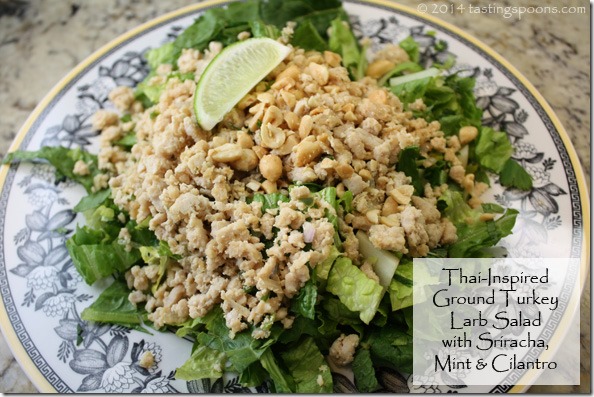

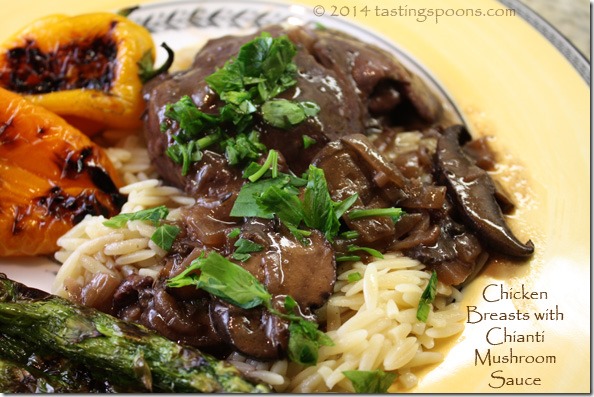
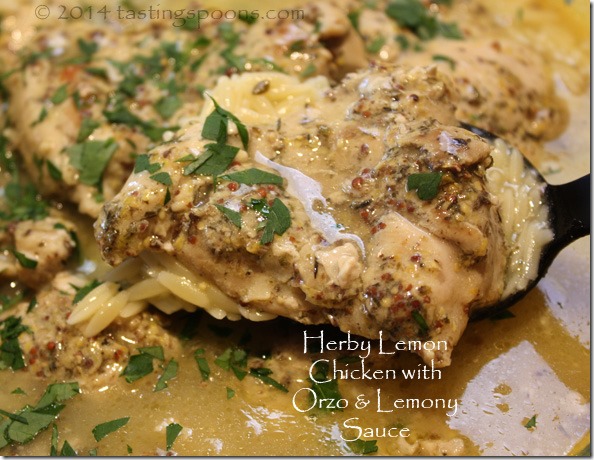
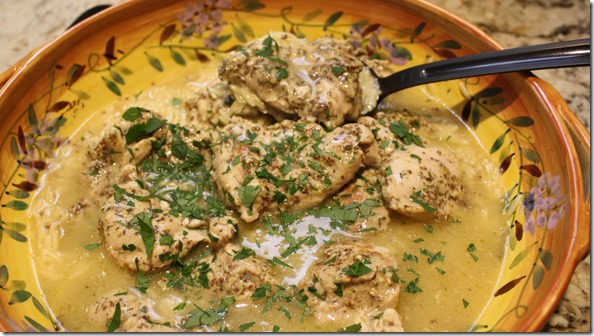
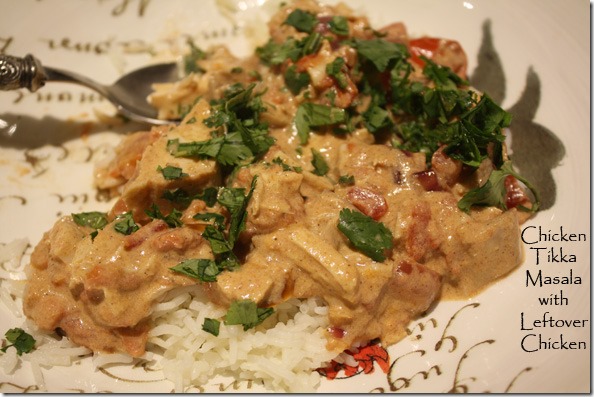
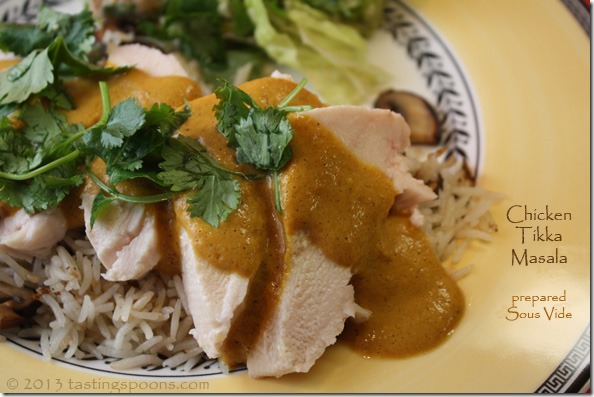
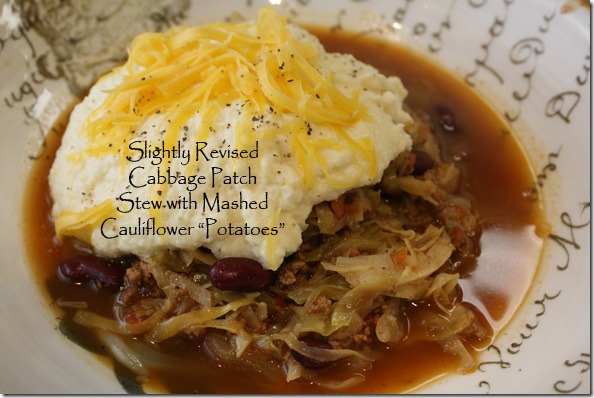
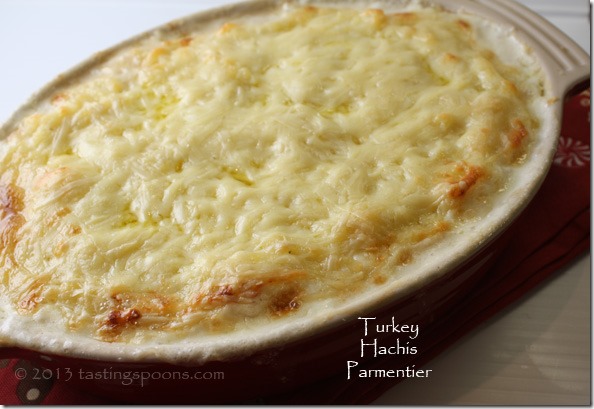
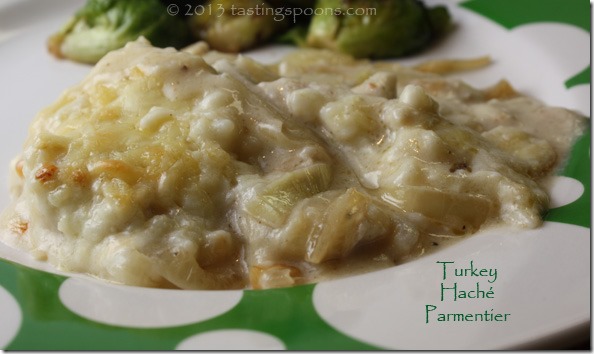
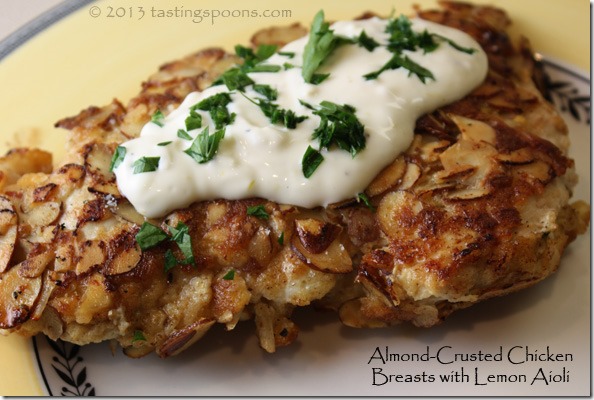
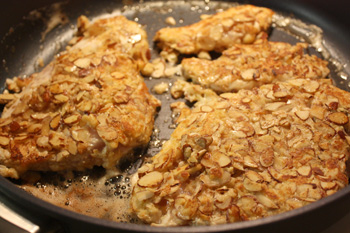
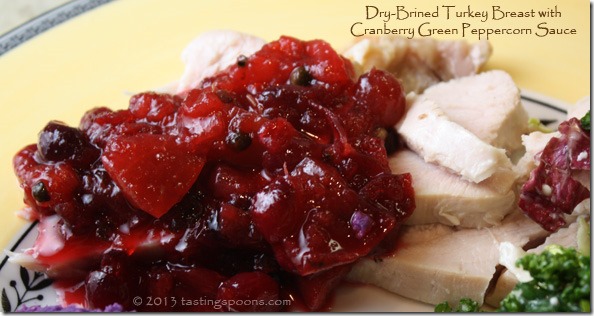
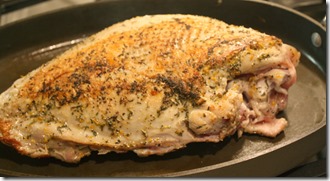
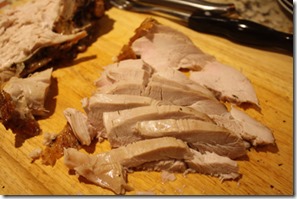
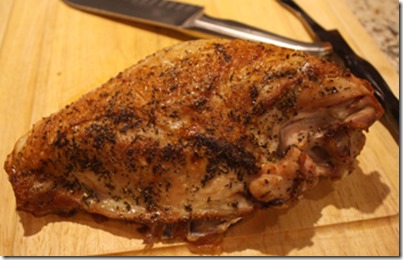
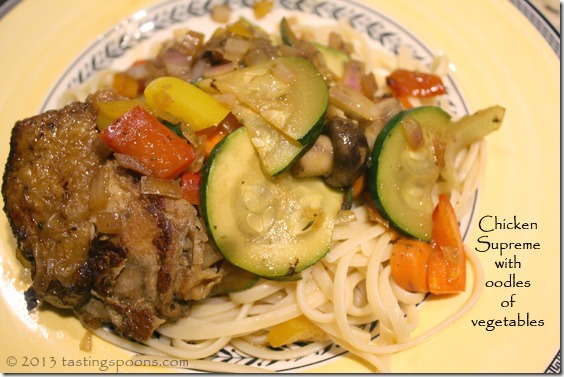
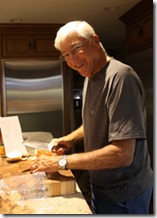
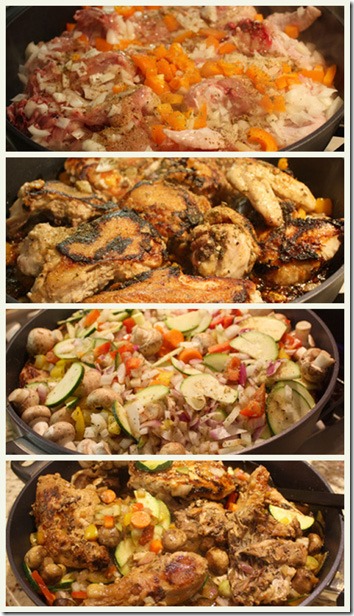
Leave a Comment!